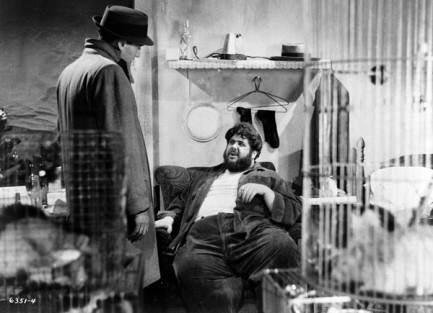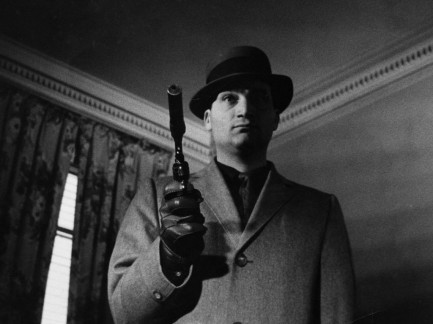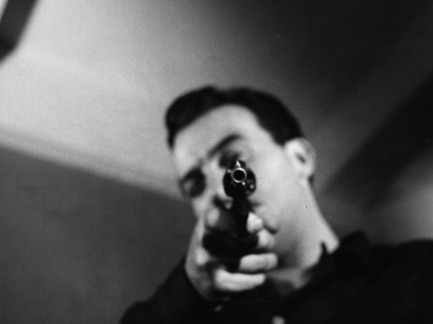 A city with no exit. 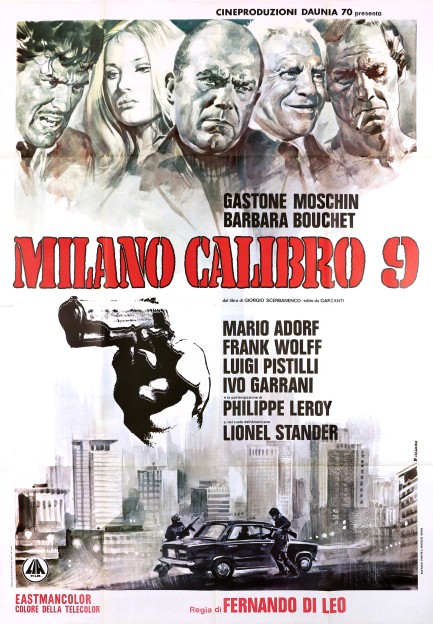
Milano Calibro 9, for which you see a promo poster painted by Renato Casaro, is a fun entry in the ranks of Italian crime cinema. Derived from a book of twenty-two short stories by Giorgio Scerbanenco, the plot follows a career thief played by a deadpan Gastone Moschin who's suspected by a crime kingpin of stealing $300,000 of his money. When Moschin is released from prison he's dogged by the kingpin and the local cops, who both want him to produce the cash. But he says he doesn't have it. The fact that the money is missing is what's keeping him alive for the moment, but if he doesn't come up with it the kingpin will kill him.
This trapped ex-con scenario runs along classic lines familiar to fans of vintage noirs, which works to the movie's benefit and disadvantage simultaneously. On the negative side, the plot offers little new in the gangster genre, and contemporary reviews pointed that out, but on the positive the movie has gritty Milan exteriors (shot when air pollution was still a major problem throughout the industrialized West), a cold-as-ice mood, a set of great character actors as various brutal criminals, and the presence of Barbara Bouchet as the world's least rhythmic but most beautiful go-go dancer.
What really sets Milano Calibro 9 apart, though, is its political undertones. The police investigation is hampered by a bitter division between classic rightwing commissioner Frank Wolff and far left head inspector Luigi Pistilli. Their ideological conflict and its implicaition of widespread class struggle in Italy gives the movie's fight over loose money a significance that still resonates today. In our era characterized by (among other serious problems) a yawning financial inequality gap, Milano Calibro 9 is a reminder that cinematic thrillers weren't always politically mindless. We recommend it. It premiered in Italy today in 1972.
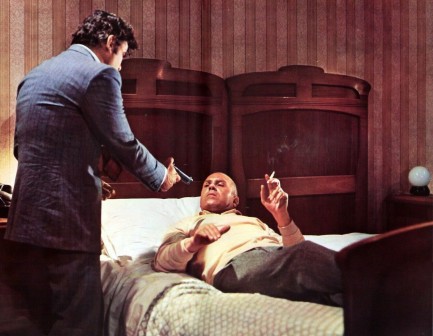 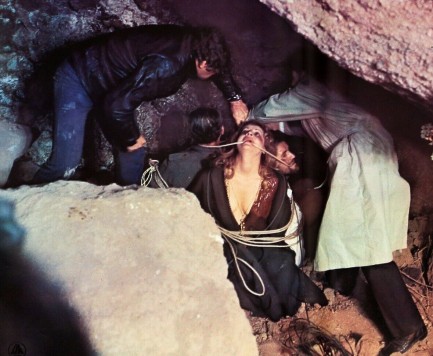 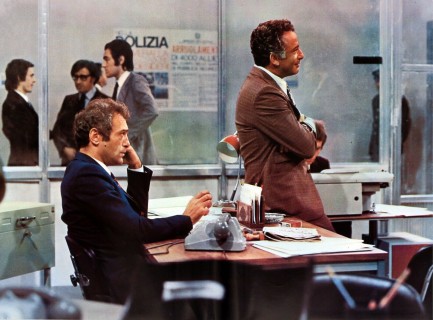 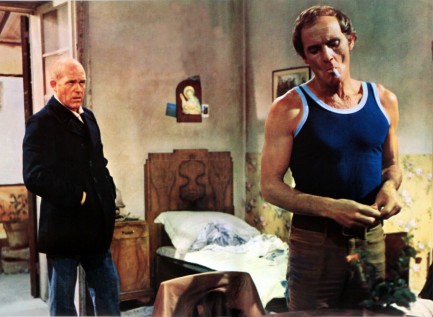 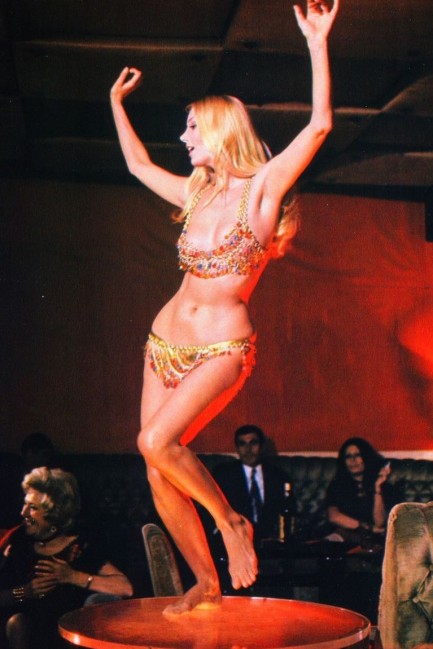 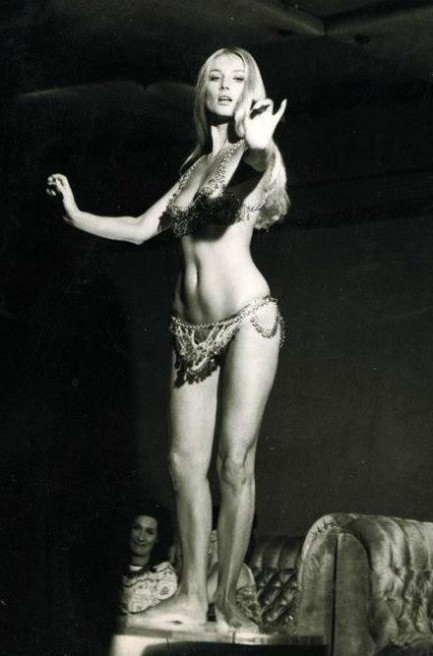 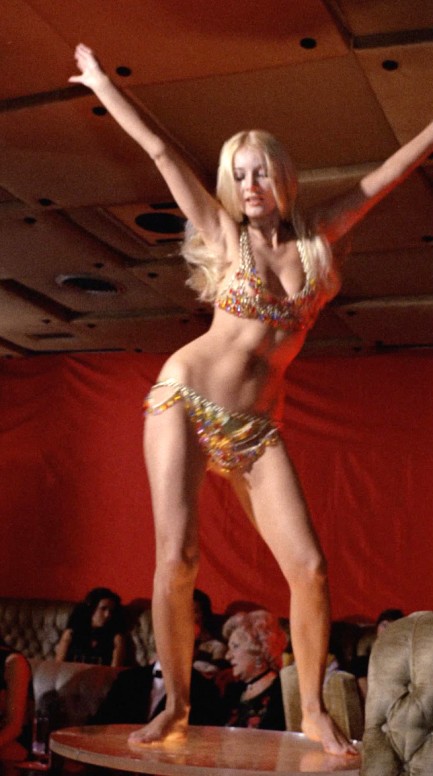 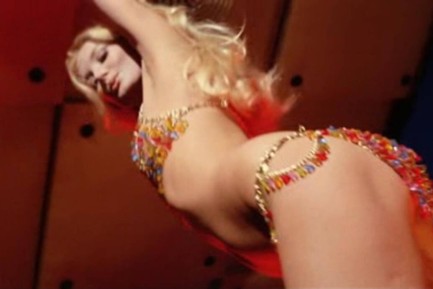 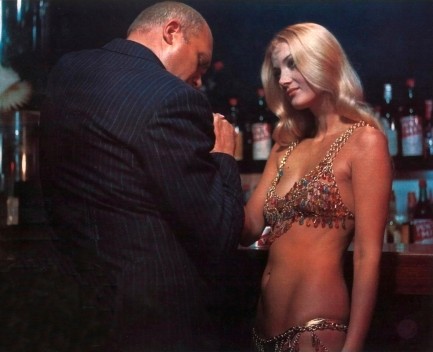 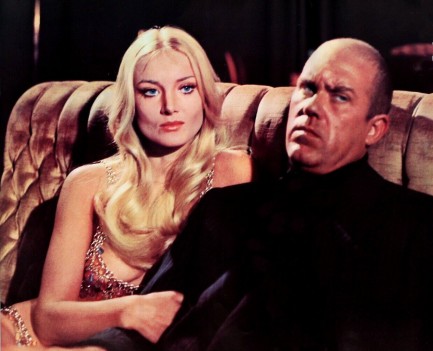 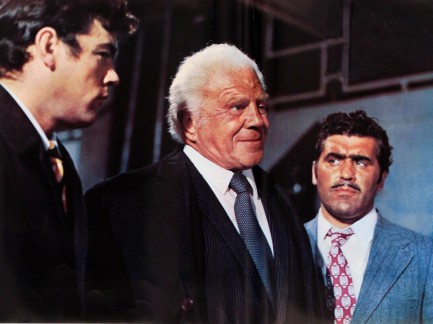 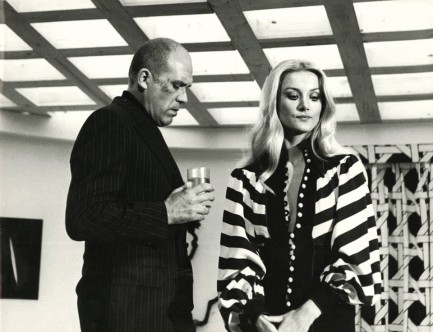 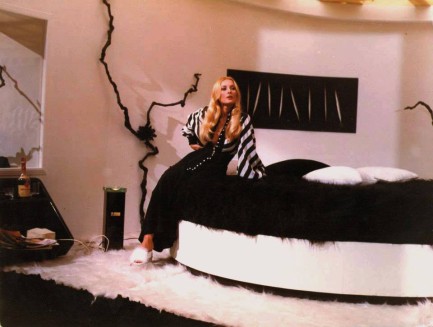 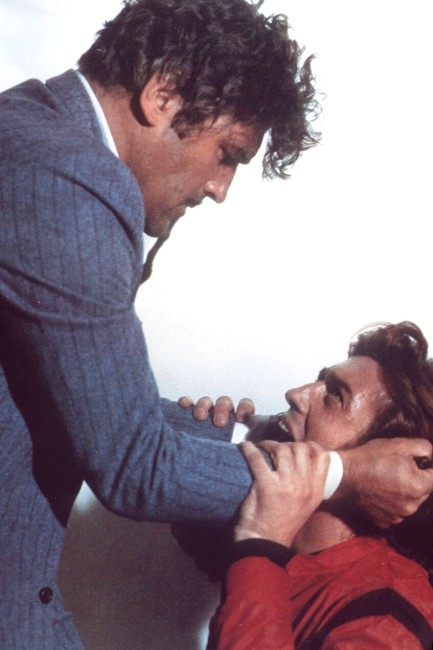 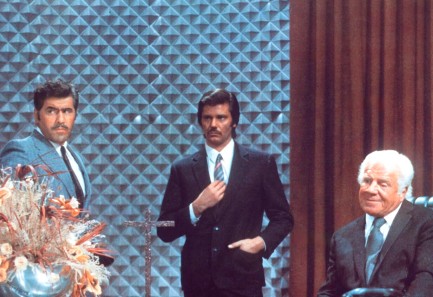 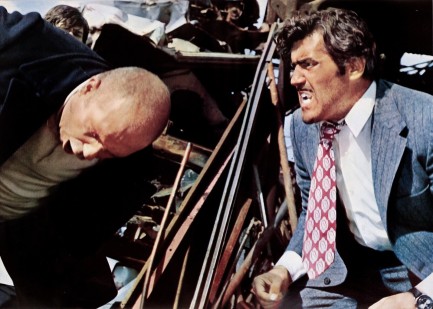 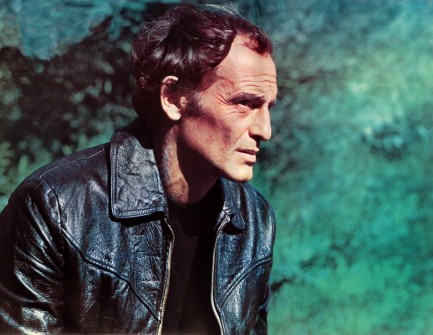 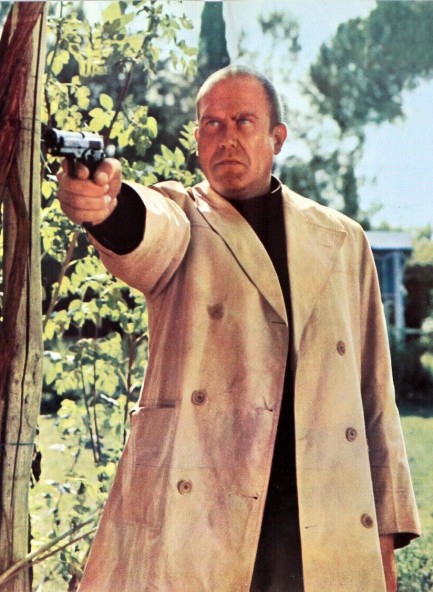
 It should have launched a memorable career but didn't quite work out that way. 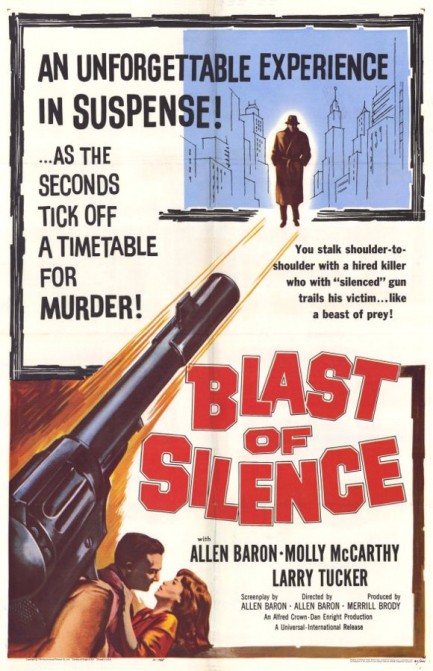
Do people who like film noir also like NFL football? We ask because the Noir City Film Festival wraps up tonight in head-to-head competition with the Super Bowl. For football haters, the fest is a chance to get out of Super Bowl households for the duration of the game, but for others it's a tough choice. Film noir and football are similar. Both feature hardheaded men pitted in mortal struggle against forces arrayed against them. Both feature unexpected plot twists. Both put physical safety at risk. In both cheating is rampant (at least when the Patriots are involved). In neither is victory assured. We wonder what the festival organizers would have done if the 49ers had made it to the title game. Hah hah‚ that's a joke. They knew—everybody knew—the 49ers would suck this year. Anyway, tonight the festival features two films, one of which is 1961's Blast of Silence. Written, directed by, and starring Allen Baron, the film is a fascinating counterpoint to Stanley Kubrick's Killer's Kiss, which showed at Noir City a few days ago. Both are low budget crime thrillers shot in New York City about men desperate for better lives whose needs center on women. Where Kubrick's protagonist is a pug boxer whose interest in a beautiful neighbor makes him want out of the ring, Baron plays a killer-for-hire whose random encounter with a woman from his youth triggers second thoughts about his chosen career. Many reviews of Blast of Silence are of the glowing variety, but while it's seamlessly put together and the noir flourishes are well executed, it suffers from Baron's acting, as well as that of other performers. But everyone loves an auteur in the rough. It's easy to look past the acting and see Baron's behind-the-camera talent. Given a chance he might have had a very different career. Watching Blast of Silence you can imagine it. Like gruff voiced narrator Lionel Stander says at one point, “You get a feeling this is how it was meant to be.” Instead Baron put together one more low budget movie before migrating into television, where he intermittently directed shows like The Brady Bunch and Charlie's Angels. Hmm... Brady like Tom Brady and Angels like Los Angeles? Um... where were we? Oh yes. It's amazing how Baron's career diverged from Kubrick's despite both making low budget NYC thrillers of similar quality. Was Baron as talented as Kubrick? We aren't saying that. Just that it would have been interesting to see what his cinematic career might have looked like. But if film noir teaches anything it's that in life, as in football, things don't always work out the way they should. Go Rams.
 The stuff that bad dreams are made of. 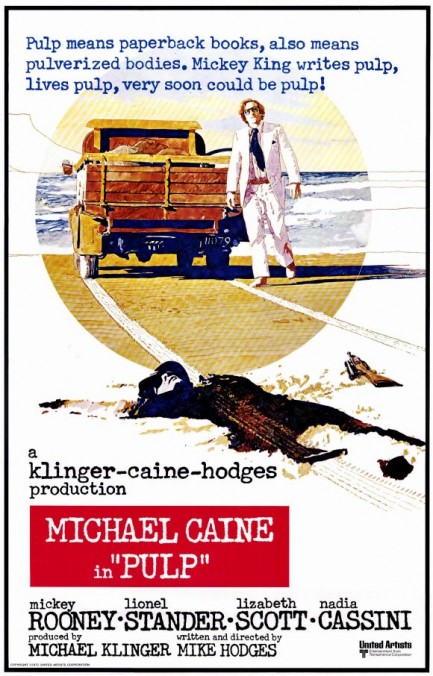
Any movie called Pulp is one we must watch, and since Mike Hodges of Get Carter fame helmed the production we were confident going in, especially since we knew it featured bombshell Nadia Cassini and numerous locations in some of the prettiest and most remote parts of Malta. In fact, as a travel piece the film is flawless (Hodges could have written it for the sole purpose of getting a Mediterranean vacation on the Hollywood dime), but as satire, it’s torturous, despite a few clever sight gags and four or five sharp one-liners. Don’t get us wrong—there are merits: always-interesting star Michael Caine, character actor Lionel Stander, and Hollywood icon Mickey Rooney. But there was also a lot of bad: star Michael Caine sleepwalking through the production in owl glasses and a pompadour, character actor Lionel Stander in a cock-hugging one-piece bathing suit, and Hollywood icon Mickey Rooney getting his dangle on in size forty tightie-whities. To quote our girlfriends, “Eew.” Yes, we know they’re riffing on their own tough-guy images. But still, eew. The main problem with this movie is there’s simply no—if you’ll excuse the term—thrust to the plot. Even satire needs to go somewhere, otherwise it's just middle-aged men showing their packages for nothing. If Rooney and Stander ever watched Pulp without cringing they did better than us. However, since scantily-clad men are rare in the macho world of pulp, we’ve posted some beefcake as a treat, below. And afterwards, we have some shots of Malta that’ll really turn you on. Pulp opened in the U.S. this week in 1972.
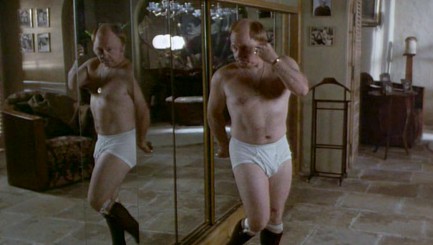 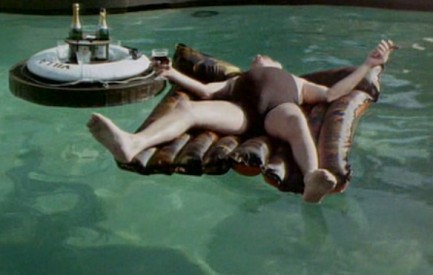 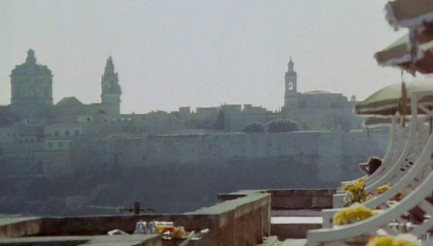 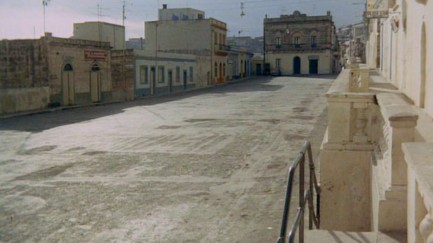 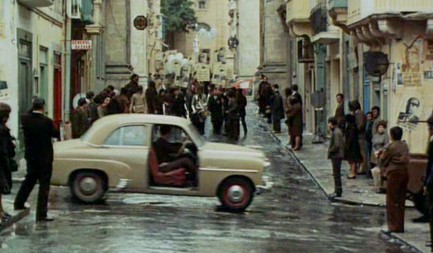 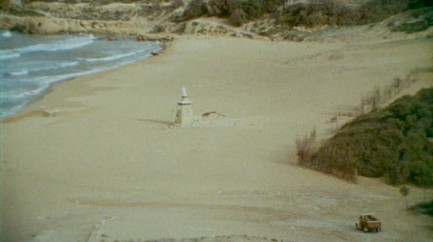 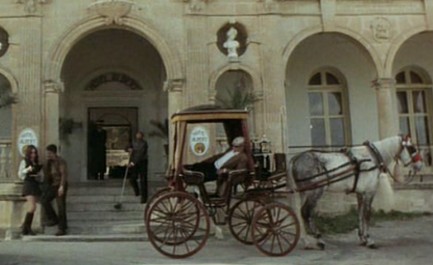 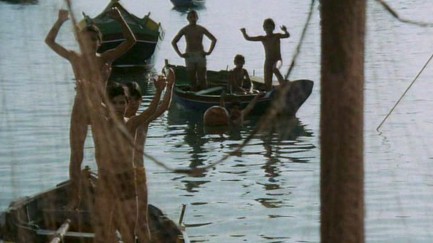 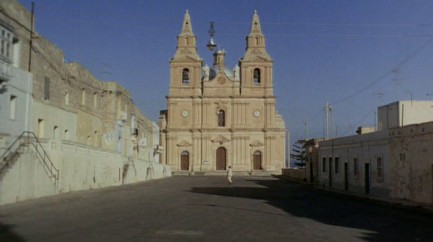 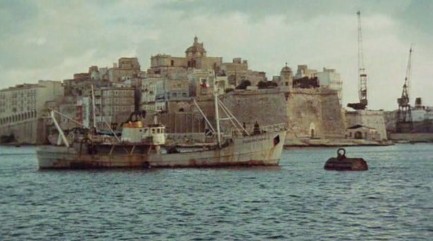 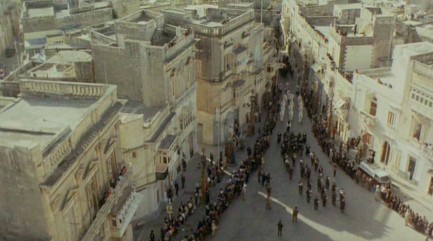
|
 |

The headlines that mattered yesteryear.
2003—Hope Dies
Film legend Bob Hope dies of pneumonia two months after celebrating his 100th birthday. 1945—Churchill Given the Sack
In spite of admiring Winston Churchill as a great wartime leader, Britons elect
Clement Attlee the nation's new prime minister in a sweeping victory for the Labour Party over the Conservatives. 1952—Evita Peron Dies
Eva Duarte de Peron, aka Evita, wife of the president of the Argentine Republic, dies from cancer at age 33. Evita had brought the working classes into a position of political power never witnessed before, but was hated by the nation's powerful military class. She is lain to rest in Milan, Italy in a secret grave under a nun's name, but is eventually returned to Argentina for reburial beside her husband in 1974. 1943—Mussolini Calls It Quits
Italian dictator Benito Mussolini steps down as head of the armed forces and the government. It soon becomes clear that Il Duce did not relinquish power voluntarily, but was forced to resign after former Fascist colleagues turned against him. He is later installed by Germany as leader of the Italian Social Republic in the north of the country, but is killed by partisans in 1945.
|

|
|

It's easy. We have an uploader that makes it a snap. Use it to submit your art, text, header, and subhead. Your post can be funny, serious, or anything in between, as long as it's vintage pulp. You'll get a byline and experience the fleeting pride of free authorship. We'll edit your post for typos, but the rest is up to you. Click here to give us your best shot.

|
|






















